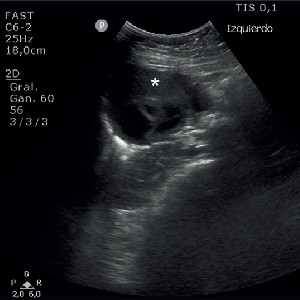Awake intubation in a patient with morbid obesity in the emergency department: our experience
Submitted: 22 September 2023
Accepted: 27 May 2024
Published: 4 July 2024
Accepted: 27 May 2024
Abstract Views: 484
PDF: 134
Publisher's note
All claims expressed in this article are solely those of the authors and do not necessarily represent those of their affiliated organizations, or those of the publisher, the editors and the reviewers. Any product that may be evaluated in this article or claim that may be made by its manufacturer is not guaranteed or endorsed by the publisher.
All claims expressed in this article are solely those of the authors and do not necessarily represent those of their affiliated organizations, or those of the publisher, the editors and the reviewers. Any product that may be evaluated in this article or claim that may be made by its manufacturer is not guaranteed or endorsed by the publisher.
Similar Articles
- Fara Russo, Maria Carolina Russo, Gerardo Riccio, Alfonso Riccio, Camillo Candurro, Wearable defibrillator use in patients with high risk of sudden cardiac death: a brief report from a single center , Acute Care Medicine Surgery and Anesthesia: Vol. 1 No. 1 (2023)
- Melissa Nardecchia, Carlo Vallicelli, Mauro Stefano, Vanni Agnoletti, Luca Ansaloni, Paola Fugazzola, Federico Coccolini, Marco Vaira, Massimo Sartelli, Fausto Catena, Current need for guidelines in emergency surgery in peritoneal carcinomatosis , Acute Care Medicine Surgery and Anesthesia: Vol. 1 No. 1 (2023)
You may also start an advanced similarity search for this article.

 https://doi.org/10.4081/amsa.2024.33
https://doi.org/10.4081/amsa.2024.33






